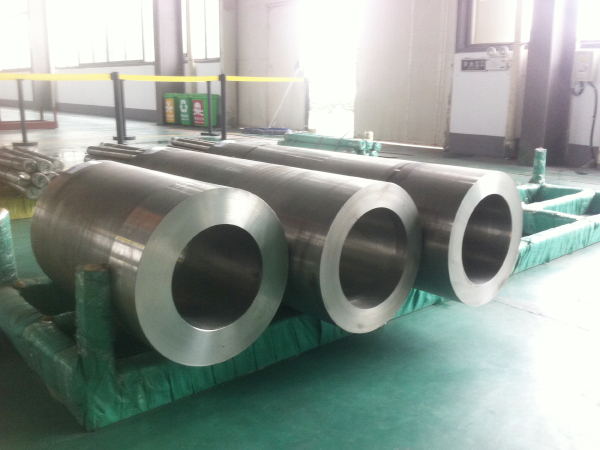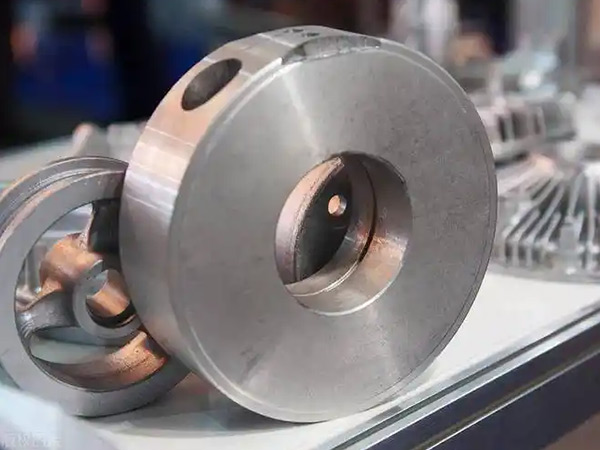Precision casting, also known as investment casting, has become a critical manufacturing process for producing high-performance superalloy components. As industries demand more complex and durable parts capable of withstanding extreme conditions, precision casting offers a reliable solution. This article explores the significance of precision casting in the development of superalloy components and its future applications.

Precision Casting: A Key Manufacturing Process
Precision casting involves creating intricate metal parts by pouring molten metal into ceramic molds formed around wax patterns. This method allows for the production of components with tight tolerances, complex geometries, and excellent surface finishes. Superalloys, known for their high-temperature strength and corrosion resistance, benefit significantly from this process.
Advantages of Precision Casting for Superalloys
Complex Geometries – Precision casting enables the production of parts with intricate designs that would be difficult or impossible to achieve with traditional machining.
Material Efficiency – The process minimizes material waste, making it cost-effective for high-value superalloys.
Superior Mechanical Properties – The controlled solidification process enhances the mechanical performance of superalloy components.
Consistency and Repeatability – High-quality molds ensure uniformity across production batches, critical for aerospace and energy applications.
Applications in High-Performance Industries
Aerospace and Aviation
Superalloy components manufactured through precision casting are widely used in jet engines, turbine blades, and other critical aerospace parts. The ability to maintain structural integrity under high stress and temperature makes precision-cast superalloys indispensable in this sector.
Power Generation
Gas turbines and nuclear reactors rely on superalloy components to endure extreme thermal and mechanical loads. Precision casting ensures these parts meet stringent performance requirements while maintaining long-term reliability.
Medical and Industrial Equipment
High-performance superalloys are used in medical implants and industrial machinery where corrosion resistance and strength are essential. Precision casting allows for customized designs that meet specific operational needs.
Future Trends and Innovations
As technology advances, precision casting is expected to integrate with digital manufacturing techniques such as 3D printing for mold production. Improved simulation tools will further optimize casting processes, reducing defects and enhancing component performance. Additionally, the development of new superalloy compositions will expand the capabilities of precision-cast parts in emerging industries.

Conclusion
Precision casting plays a vital role in the production of superalloy components, offering unmatched precision, efficiency, and performance. As industries continue to push the boundaries of material science and engineering, this manufacturing method will remain essential in meeting the growing demand for high-quality, durable parts. By leveraging advancements in casting technology, manufacturers can further enhance the capabilities of superalloys in critical applications.